Phalsa Fruit
₹279
The Phalsa Fruit (Grewia asiatica), also known as Falsa or Indian Cherry, is a unique and flavorful fruit native to India and parts of Southeast Asia. This deciduous shrub produces small, round berries that are bursting with a tangy, sweet-tart flavor. Cultivating Phalsa in your garden introduces a fascinating and rewarding experience, offering a unique addition to your culinary repertoire.
27 people are viewing this product right now
🔥 11 items sold in last 3 hours
The Phalsa Fruit (Grewia asiatica), also known as Falsa or Indian Cherry, is a unique and flavorful fruit native to India and parts of Southeast Asia. This deciduous shrub produces small, round berries that are bursting with a tangy, sweet-tart flavor. Cultivating Phalsa in your garden introduces a fascinating and rewarding experience, offering a unique addition to your culinary repertoire.
Key Features & Benefits
- Unique Flavor: The Phalsa fruit boasts a distinctive flavor profile, combining tartness with a subtle sweetness, making it perfect for jams, juices, and refreshing beverages.
- Nutritional Powerhouse: Rich in antioxidants, vitamins (especially vitamin C), and minerals, Phalsa fruit offers numerous health benefits.
- Ornamental Value: The Phalsa shrub is an attractive addition to any garden, showcasing lush green foliage and delicate blossoms.
- Drought Tolerance: Once established, Phalsa plants are relatively drought-tolerant, making them suitable for various climates.
- Easy to Grow: With proper care, Phalsa is relatively easy to cultivate, even for beginner gardeners.
Plant Care Guide
Ideal Plantation Locations
Phalsa thrives in warm climates with ample sunlight. It prefers well-drained, loamy soil with a slightly acidic to neutral pH. Regions with hot summers and mild winters are ideal for cultivation.
Planting & Gardening Instructions
- Location: Choose a sunny location in your garden with at least 6-8 hours of direct sunlight daily.
- Soil Preparation: Prepare the soil by tilling and incorporating organic matter like compost or well-rotted manure to improve drainage and fertility.
- Planting: Plant Phalsa seedlings or rooted cuttings at a depth of 6-8 inches. Ensure proper spacing of 6-8 feet between plants for optimal growth.
- Spacing: Maintain adequate spacing to allow for proper air circulation and sunlight penetration.
Watering
Water the plants regularly, especially during the initial establishment phase. Reduce watering frequency during the rainy season. Allow the soil to dry slightly between waterings to prevent root rot.
Fertilizers
Apply a balanced fertilizer (like 10-10-10) during the early spring and again before the onset of the fruiting season. Use organic fertilizers like compost tea or bone meal for long-term soil health.
Repotting Instructions
Repotting is generally not necessary for Phalsa plants grown in the ground. However, if grown in containers, repot them every 2-3 years into larger pots using a well-draining potting mix.
Fruiting Season
Phalsa typically fruits during the summer months, usually from June to August. The exact fruiting period may vary depending on the climate and cultivar.
Usage Ideas
- Culinary Uses: Make Phalsa juice, jams, jellies, and chutneys.
- Beverages: Create refreshing drinks and cocktails with Phalsa fruit.
- Ornamental Plant: Use Phalsa shrubs as hedges or ornamental plants in your garden.
- Gifting: Share fresh Phalsa fruit or processed products with friends and family.
Care Tips
- Pest Control: Monitor for pests like aphids and scale insects and treat them accordingly using organic or chemical methods.
- Pruning: Prune the plants regularly to maintain their shape and encourage new growth.
- Mulching: Apply a layer of organic mulch around the base of the plants to conserve moisture and suppress weeds.
Only logged in customers who have purchased this product may leave a review.
₹249
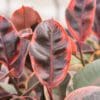
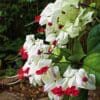
₹149
Related products
Designed, Developed & Maintained by Growww.
Copyright © 2024 Ashok Chakra Nursery

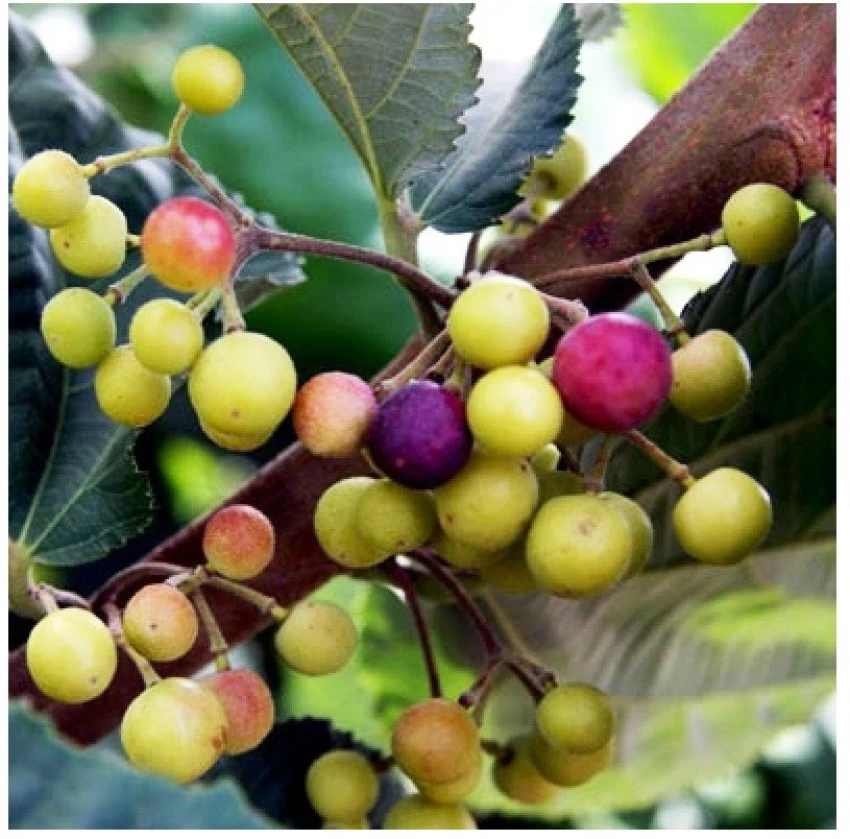
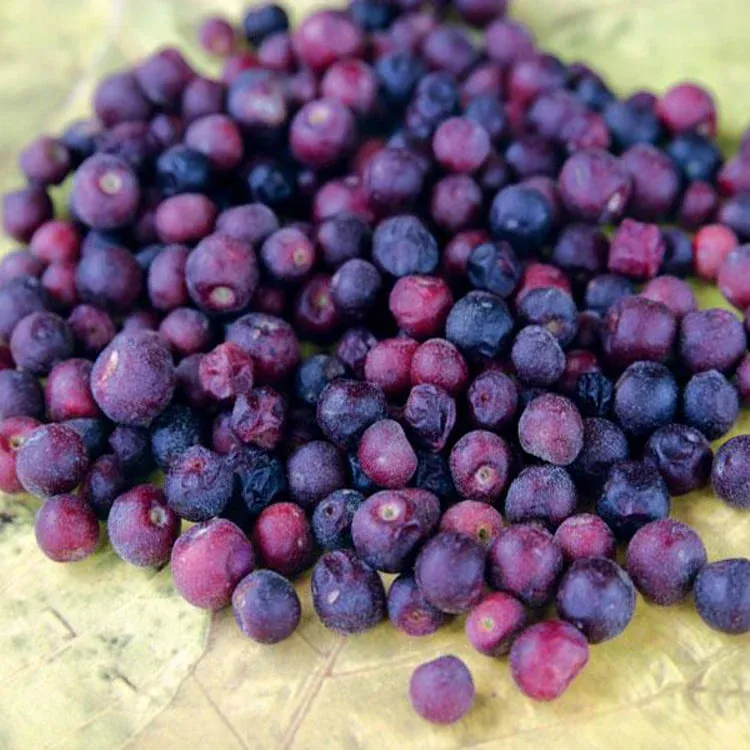
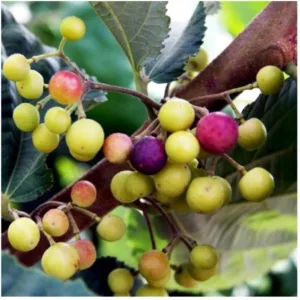
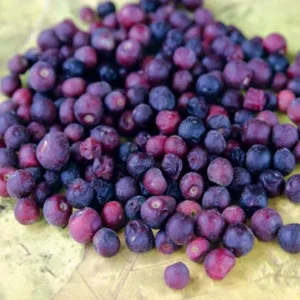
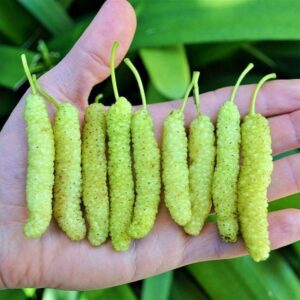
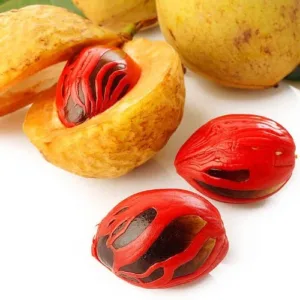
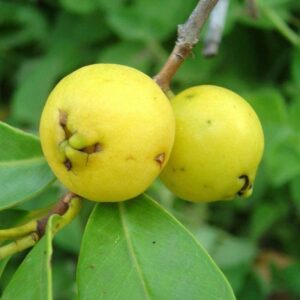
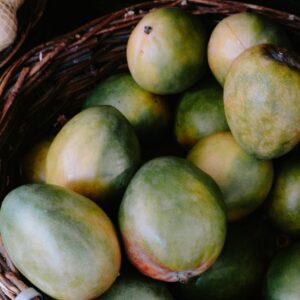
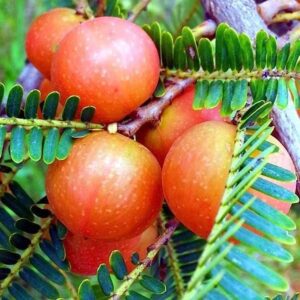
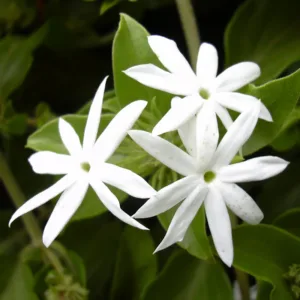
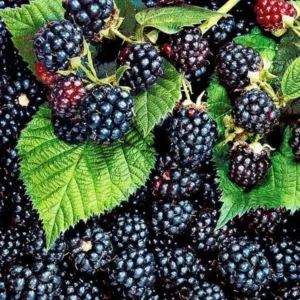
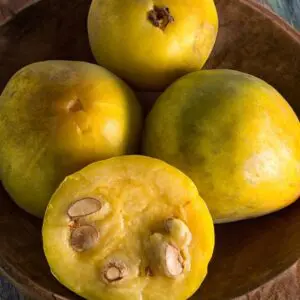

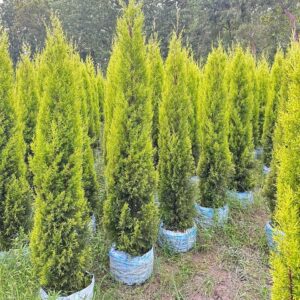
Reviews
There are no reviews yet.